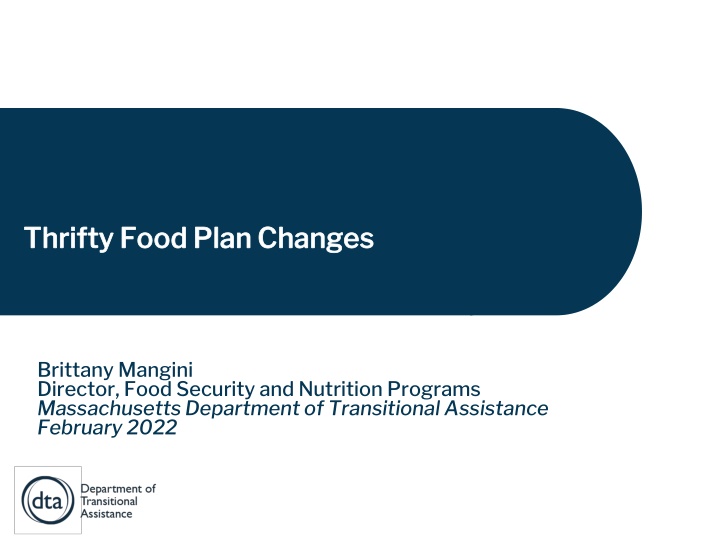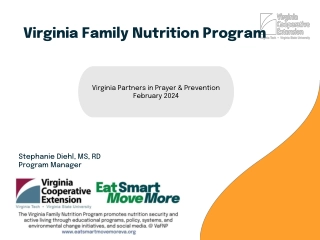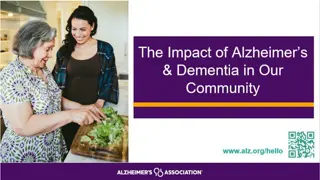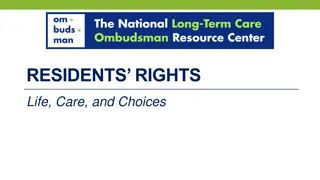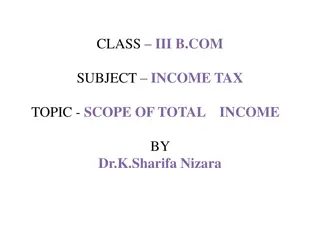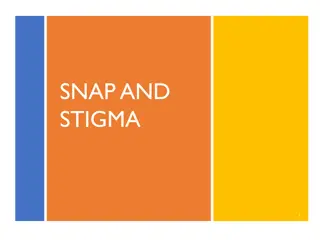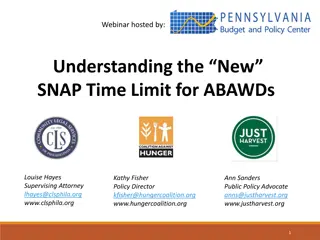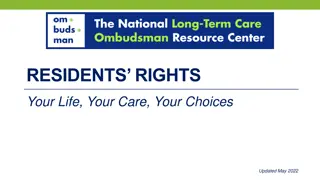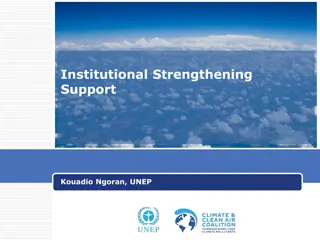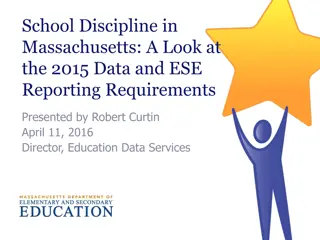Updated Thrifty Food Plan Improves SNAP Benefits for Massachusetts Residents
The Department of Transitional Assistance in Massachusetts has implemented changes to the Thrifty Food Plan (TFP) to enhance SNAP benefits for low-income households. The updated TFP reflects the latest Dietary Guidelines for Americans and aims to address barriers to food access faced by SNAP users. The plan has resulted in increased monthly benefits for over 560,000 households in Massachusetts, providing essential support for individuals and families in need.
Download Presentation

Please find below an Image/Link to download the presentation.
The content on the website is provided AS IS for your information and personal use only. It may not be sold, licensed, or shared on other websites without obtaining consent from the author.If you encounter any issues during the download, it is possible that the publisher has removed the file from their server.
You are allowed to download the files provided on this website for personal or commercial use, subject to the condition that they are used lawfully. All files are the property of their respective owners.
The content on the website is provided AS IS for your information and personal use only. It may not be sold, licensed, or shared on other websites without obtaining consent from the author.
E N D
Presentation Transcript
Thrifty Food Plan Changes Thrifty Food Plan Changes Brittany Mangini Director, Food Security and Nutrition Programs Massachusetts Department of Transitional Assistance February 2022
Who We Are and Who We Serve The Department of Transitional Assistance (DTA) assists and empowers low-income individuals and families to meet their basic needs, improve their quality of life, and achieve long term economic mobility. DTA serves residents of the Commonwealth with direct economic assistance (cash benefits) and food assistance (SNAP benefits), as well as workforce training opportunities. MA Residents Served Pre-COVID Today (30% higher) MA's Current SNAP Caseload: 29% of households contain at least one child 67% of households have gross countable income of less than 100% of the Federal Poverty Level Households 450,000 590,000 Individuals 780,000 990,000 COVID-19 resulted in significant increases among the state's SNAP caseload in children, working-age adults and mixed-immigrant households. 2
SNAP Program Perceptions Anecdotal reports and behavioral patterns show prior to the COVID-19 pandemic that SNAP benefits were not enough to purchase health food and that many households would go to food pantries at the end of the month once their SNAP benefits were exhausted. Recent studies conducted in Massachusetts* demonstrated many people are reluctant to pursue SNAP despite knowledge of the program s existence and identifying as food insecure. There was found to be general misinformation, including: program eligibility requirements perceived application complexity the benefit amount was not worth it *Studies were conducted by the MassINC Polling Group, the Greater Boston Food Bank, and Project Bread 3
Implementation of the Thrifty Food Plan Changes Using data-informed and evidenced-based approaches, the updated Thrifty Food Plan (TFP) represents the first permanent and sizable change to SNAP in many years. The increased purchasing power resultant from this change will help support equitable access to and usage of SNAP. The approach: o Accounted for the modifications in the Dietary Guidelines for Americans, 2020-2025 o Utilization of data provided directly from stores to best reflect actual food prices o Use of scientific and academic research that emphasized the high percentage of SNAP users who faced barriers to access, most commonly identifying the cost of food as the primary barrier o Held stakeholder listening sessions Notable: The 15% temporary boost to benefits were due to expire on June 30th, 2021. Extending the temporary benefit increase to September 30, 2021 allowed the state to align and streamline systems changes necessary to implement the new TFP methodology with regularly scheduled SNAP COLA systems changes. 4
Impact of the Thrifty Food Plan Changes Household Size Max. Benefit 2020* Max. Benefit 2021 Over 560,000 Massachusetts households saw an increase starting in October 2021, with the highest number of clients seeing a $46 per month increase to their regular SNAP benefit amount. 1 $204 $250 2 $374 $459 3 $535 $658 Average monthly SNAP benefit amount for a MA household: December 2019 $211.07 December 2021 $291.79 4 $680 $835 5 $807 $992 6 $969 $1,190 7 $1,071 $1,316 Note: The average benefit amount in December 2021 accounts for the issuance of emergency allotment supplements. *Figures do not account for the COVID-19 temporary 15% increase in benefits 5
Thrifty Food Plan Changes and COVID-19 Program Flexibilities The timing of the Thrifty Food Plan increase occurred concurrently with Massachusetts' election of pandemic-related administrative flexibilities and issuance of SNAP Emergency Allotments. The Thrifty Food Plan benefit increases strengthen the impact of Emergency Allotments which have been a critical tool in addressing the exacerbated levels of food insecurity the state experienced in response to the economic impacts of COVID-19. These benefits and flexibilities have helped dismiss the notion that it s not worth it Enabled families to experience firsthand the positive benefits of being able to consistently afford nutritious and culturally relevant food. New applicants also had the opportunity to experience the streamlined process which combated the narrative that enrolling in the program was too cumbersome and burdensome. When SNAP emergency allotments end in Massachusetts, these higher benefit amounts will help to ease some of the economic impact families will feel. 6
Thank you! Contact Information Communications and Social Media Alana Davidson Communications Director Alana.Davidson@mass.gov Twitter handle: @DTA_Listens Food Security Policy and Programs Brittany Mangini Director of Food Security and Nutrition Programs Brittany.Mangini@mass.gov 7
